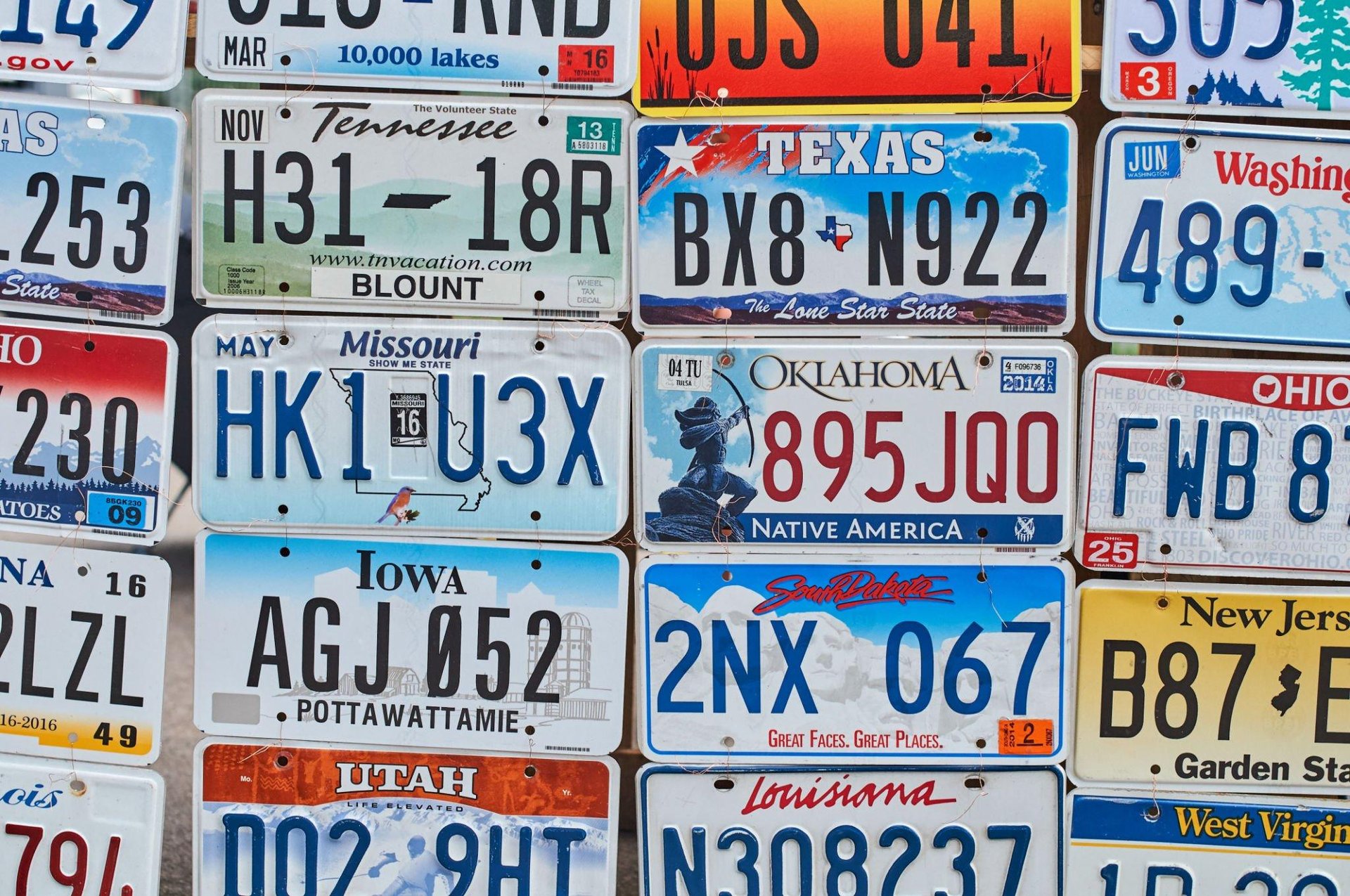The Significance and Evolution of Auto Emblem Badges Over Time
Auto emblem badges are one of the most recognizable symbols of a car’s identity. They have taken on an essential role since the inception of the automobile industry, denoting the quality and brand of the car. Over time, these badges have undergone significant transformations in their forms, materials, and design, each alteration reflecting the trends, technology, and aspirations of the time. This article delves into The history of auto emblem badges and how they have emerged as a crucial feature of the automotive industry.
Evolution of Auto Emblem Badges in the Early Years
The first auto emblem badges appeared in the early 1900s, mostly in European countries and later in the United States. They were made of metal and typically embossed with the car's name or emblem, sometimes with additional ornamental flourishes and designs. These badges were generally affixed to the radiator grilles of the cars, where they could be easily seen by passersby. With time, the design of these badges shifted from simple to more detailed, reflecting the growth and diversification of the automobile industry.
Auto Emblem Badges in the Golden Age of Car Manufacturing
The 1950s and 1960s marked the golden age of car manufacturing, with companies fiercely competing for market shares. Auto emblem badges took on new forms, becoming more prominent and elaborate to draw attention and display the automobile's brand and identity. A great example is the Chevrolet emblem, which featured a stylized bowtie and made its first appearance in the mid-1950s. Other companies followed suit, incorporating their own designs to make their badges stand out and showcase their quality and style.
Auto Emblem Badges in the Modern Era
Since the 1970s, car manufacturing has seen several changes, such as fuel-efficiency, performance, and safety, reflecting the trends and concerns of the era. Auto emblem badges have undergone a similar transformation, with design elements such as colors, shapes, and finishes changing to reflect these shifts. The materials used to make these badges have also shifted, with companies opting for more durable and sustainable materials such as plastics or composites. Nowadays, auto emblem badges are more than just a symbol of brand identity; they have become an essential part of a car's design, adding a touch of artistic flair and style to the vehicle.
The Role of Auto Emblem Badges in Luxury and Specialty Cars
The luxury and specialty car manufacturing industry has emerged as a significant player in the automobile sector. Auto emblem badges in these cars not only symbolize the brand's prestige but also showcase the unique features and design elements of each model. The Rolls Royce emblem, for instance, evokes a sense of luxury, class, and elegance, with its signature hood ornament and iconographic design. These emblems have become a hallmark of quality, craftsmanship, and innovation of the luxury car industry.
The Popularity of Custom-Made Auto Emblem Badges
Custom-made auto emblem badges have become popular among car enthusiasts, car owners, and collectors. These badges come in various shapes, sizes, and materials, personalized to fit the owner's style and identity. They can be made from a range of materials such as precious metals, enamel, or glass, giving them a unique and creative flair. Custom-made badges are specific and intimate, reflecting the owner's personality, identity, and taste.
The Future of Auto Emblem Badges
As the automobile industry continues to grow and evolve, we can expect auto emblem badges to keep pace. Technological advances such as 3D printing, augmented reality, and nanotechnology are opening up new possibilities for the design and creation of badges. The materials used to make these badges could shift towards more sustainable and natural resources such as wood, glass, or stone. Auto emblem badges will continue to symbolize a car's identity and quality, but their design and materials will reflect the trends, technological advancements, and sustainability practices of the time.
The Collectibility and Value of Auto Emblem Badges
Auto emblem badges have become collectibles in recent years, with car enthusiasts and collectors seeking out specific badges for their rarity and historical significance. These badges represent not only the brand and identity of the car but also the design, materials, and technology of the time. Collectors and enthusiasts seek out badges in auctions, car shows, and trading sites, where they can acquire these badges for their private collections or add value to their vintage cars.
Cultural Significance of Auto Emblem Badges
Auto emblem badges have a cultural significance beyond their mere practical use. They have become iconic symbols of the automobile industry and have woven themselves into the fabric of our culture. These badges represent not only the brands and identities of cars but also the trends, style, and identity of the time. They are a reflection of our society, culture, and history, and their continued evolution is a testament to the human ingenuity and creativity.
Auto Emblem Badge Designers and Their Contributions
Auto emblem badge designers have had a significant impact on the automobile industry, contributing to the evolution and transformation of these badges. They have introduced new materials, shapes, and designs, pushing the boundaries of what was deemed possible. Their contributions have added artistic and creative elements to the cars, making them a celebrated product of human ingenuity and imagination.
The Importance of Auto Emblem Badges in Brand Identity and Marketing
Auto emblem badges have become an integral part of brand identity and marketing. They are a visual representation of a car's quality, style, and identity, making them a fundamental component in marketing and advertising campaigns. Companies invest heavily in the design, creation, and marketing of these badges, making sure that they accurately reflect the brand's vision, mission, and values. The emblem badges are not just a symbol of the car’s identity, but the brand’s identity, values, and aspirations as well.


